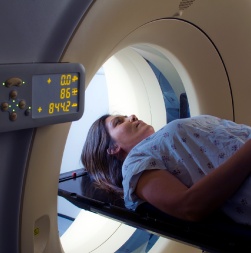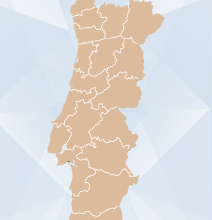Monitoring relatives at risk
 The genetic test and the appointment for risk assessment are used to establish the right monitoring and preventing measures for each case.
The genetic test and the appointment for risk assessment are used to establish the right monitoring and preventing measures for each case.
For women with BCRA1 and BCRA2 mutations, healthy or with breast and/or ovarian cancer, there are many options for disease risk management, including protocols for early detection of the disease, prophylactic (preventive) surgery and prophylactic chemotherapy.
FOLLOW UP
For high-risk women, the doctor will create a screening and prevention plan.
This final plan is drawn according to each woman, taking into account her lifestyle; its risks and benefits have to be adequately understood and thoroughly discussed with the doctor.
To assure that every angle is covered, the risk clinic works with a multidisciplinary team that includes specialists in imaging, surgery, gynecology, psychology, psychiatry, medical oncology, etc.
However, not all women will be followed by the risk clinic - learn why .




